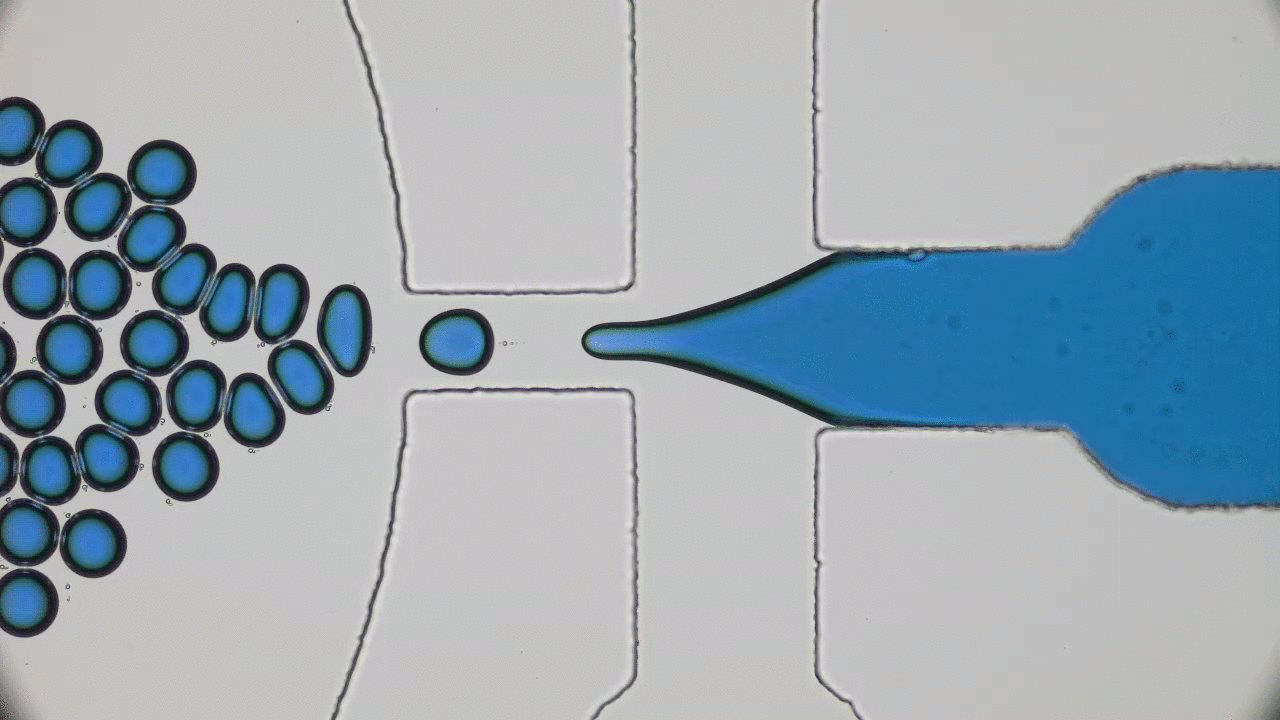Human skin has many functions beyond ensuring that all of our insides stay, well, inside. Skin also acts as a giant sensor that feels sensations like pressure, temperature, or vibration, and converts them into electrical signals to be processed by the brain. In the animal kingdom, some species like chameleons can even use their skin to selectively blend into their environments. Scientists have set out to create electronic skins, or e-skins, that can mimic or even outperform the typical functions of the human skin by taking on color changing abilities like chameleon skin.
The Future of Shape-Memory Polymers: Just Add Water and Glycerol
Have you ever used a heat-shrink tubing at home to seal an exposed wire? As it’s shown in Video 1, you would place the tubing around your wire, apply heat, and voilà! The tubing shrinks and tightly wraps itself onto the exposed wire, and you don’t have to worry about an electric shock anymore. This type of material that changes its shape upon increased temperature is called a shape-memory polymer. Since its commercial development in 1962, scientists have found this type of material so useful that its popularity rose, especially in the biomedical and aerospace fields. However, it comes with a few drawbacks: applying the desired temperature uniformly can be tricky and the shape change induced by the heat can be quite slow. In addition, changing the temperature isn’t ideal for biological applications where the environment surrounding the material is sensitive to heat, such as in tissues and living cells. In today’s post, I’ll introduce you to a different type of shape-memory material that “remembers” its temporary shape when subjected to a magnetic field, instead of heat.



